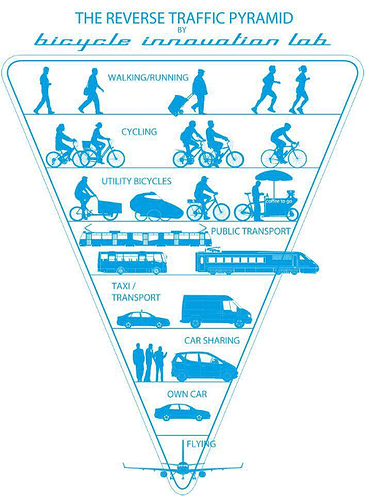Hello FabMob community,
I’m currently researching ways to improve interoperability between different shared mobility platforms—think bike-sharing, carpooling, public transit, and micro-mobility services. As many of you know, fragmentation is a major hurdle in delivering seamless user experiences across services and regions. I’m particularly interested in learning from initiatives or projects that have successfully integrated multiple mobility modes into a cohesive, user-friendly ecosystem.
A few key questions I’m grappling with:
- What standards or protocols (e.g., GBFS, TOMP-API) have proven most effective in real-world deployments?
- Are there open-source tools or frameworks that have helped your organization enable data exchange or service integration?
- How have governance models or public-private partnerships influenced the success or failure of interoperability efforts?
- Any notable successes (or lessons learned) from specific cities or regions tackling this challenge?
Ideally, I’m hoping to gather examples that go beyond theory—real-world implementations or pilots would be very helpful. Whether you’re a developer, policymaker, operator, or academic, I’d love to hear your perspective. If you’ve undergone uipath training in pune or have insights from similar hands-on experiences, feel free to share links, case studies, or just your personal take.
Looking forward to your insights and a good exchange of ideas. Thanks in advance!

